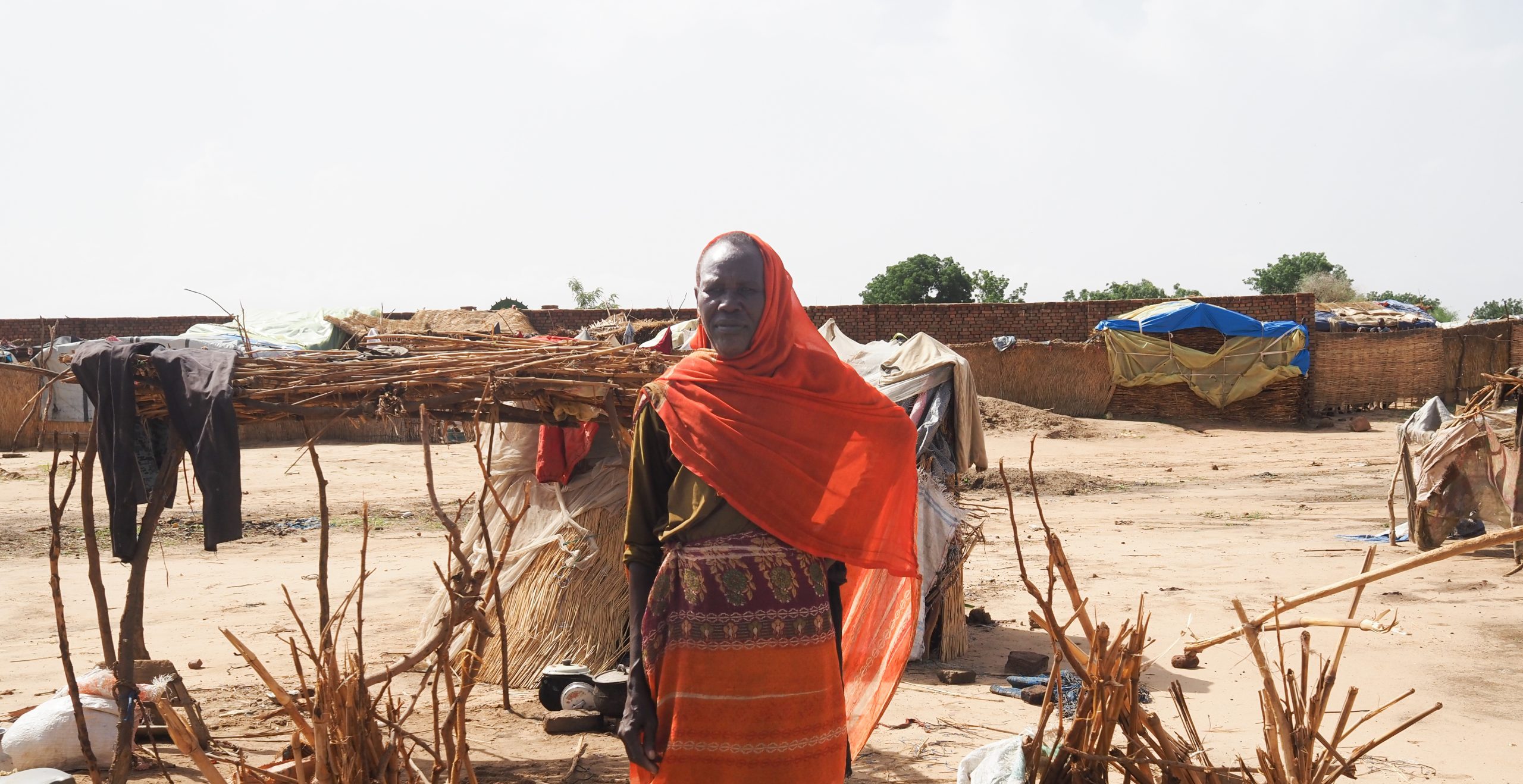The Course will lay the fundamentals of the available legal framework and the roles and responsibilities of the international community, states, civil society, and the private sector in addressing climate change and disaster displacement, both internal as well as cross-border.
Participants will be provided with key insights into the latest research and practice on the multidimensional linkages between climate vulnerabilities, conflict, disasters, insecurity, and displacement. A thorough analysis of the existing legal frameworks, guiding principles, and recommendations, including the Nansen Initiative’s Agenda for Protection, the Sendai Framework for Disaster Risk Reduction, the Paris Agreement, and the work of the Platform on Disaster Displacement, will be conducted with a view to facilitating their operationalization at the local, national, and regional levels.
The training will also focus on key skills and best practices related to disaster prevention and management as well as on the integration of climate risks into legislation, protection operations, and durable solutions for the displaced. The delivery methodology of the Course is highly participatory and throughout its sessions, the Department will strive to give a voice to local actors, indigenous people, and grassroots organizations that are at the forefront of climate action.
The Course is designed for mid and senior government officials involved in the development and implementation of key legislation and formulation of policies for forcibly displaced persons affected by the adverse effects of climate change. In addition, the training also targets local actors, NGOs, and RLOs as well as staff of international organizations and relevant humanitarian actors engaged in protection activities in climate-vulnerable contexts.
The Online Course is structured into three modules, with the objective to provide an in-depth analysis of the subject of the training. Modules are composed by live sessions and self-paced sessions.
The Course strikes a balance between theory and practice and is delivered through a participatory and creative teaching methodology, aimed at facilitating the learning process and implementing the knowledge gained throughout the training. Sessions include lectures, presentations, case studies, group work, audio-visual support, and other activities, which respond to the various learning styles of a diversified audience.
Throughout the training, participants and expert facilitators are able to share best practices and experiences.
